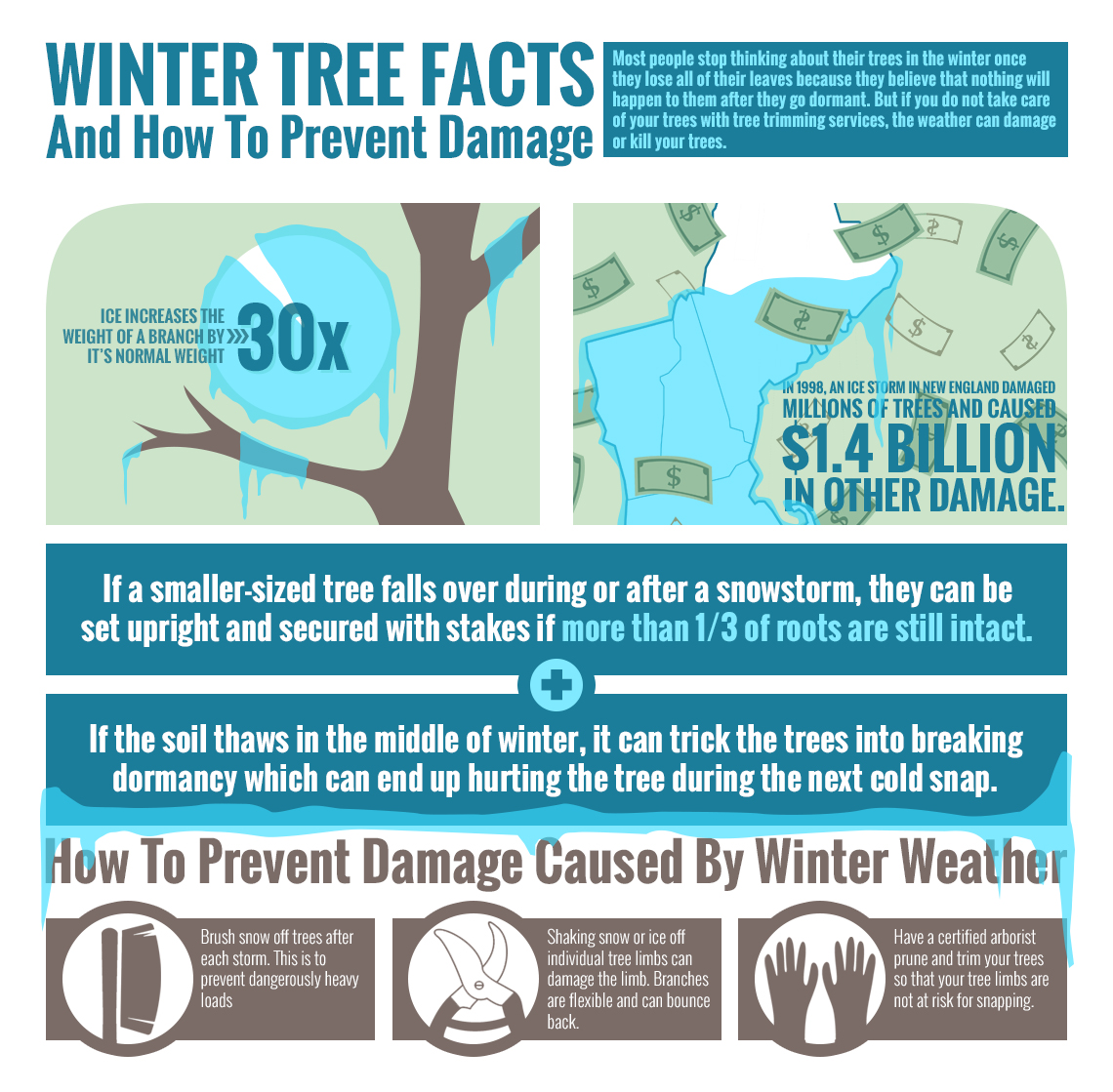Acknowledging The Requirement For Tree Elimination: An Overview For Homeowners
Acknowledging The Requirement For Tree Elimination: An Overview For Homeowners
Blog Article
Article Produced By-Hollis Abrahamsen
Trees include beauty and value to property, yet they can additionally present a risk during extreme climate occasions. If a tree has stopped expanding, is showing visible fungal growth, or has a leaning trunk, it needs to be eliminated by an expert to stay clear of home damage and injury.
To find out more, go to a property owner resource fair co-hosted by HPD, the Facility for NYC Neighborhoods, and Brooklyn-based real estate partners this night in Bedford-Stuyvesant. The occasion will feature the Property owner Handbook, a brand-new overview to aid homeowners navigate the duties of owning a home.
1. Dead or Dying Branches
Trees are an integral part of your home's landscape, using shade and elegance. They likewise supply sanctuary for wild animals and create oxygen, yet even healthy and balanced trees can experience health problems that might require their elimination. Dead or dying trees aren't just undesirable, they can be unsafe. Their branches can drop during a storm, resulting in expensive home damage and injuries.
When a tree's branches begin to pass away, it suggests that its structure is beginning to break down. If most of its branches are dead, it is likely time to remove it.
Try to find an absence of new growth, bark peeling, open wounds or tooth cavities, fungi growing on the trunk or origins and a general appearance of decay in the whole cover. These indicators of infection can suggest a serious problem that will require specialist tree services to resolve.
2. Leaning Trunk
While it's typical for trees to lean every so often due to phototropism, if a tree has a hazardous or extreme lean that's not as a result of natural processes - it could be a sign that the tree needs to be removed. If the tree is favoring a high-voltage line, home, automobile, play framework or any other area that could be harmful to people if it falls, after that getting in touch with an expert tree service for removal must be a leading priority.
It's likewise vital to look for any type of sudden changes in a tree's leaning as it can suggest damage to the origins or trunk that might result in dropping. This is especially true throughout stormy weather, because high winds and rain-soaked dirt can cause a lean to change promptly. Normal surveillance, especially during and after storms can assist home owners recognize possible issues with their trees so they can call an arborist for a thorough examination.
3. Insect Infestation
Some pest invasions, such as wood-boring pests like emerald ash borer or sap-suckers like scale bugs, are so severe that they can trigger a tree to pass away. The best way to stop pest infestation is to check your trees on a regular basis. Highly recommended Site , holes, or discolorations in the fallen leaves and bark. Examine the trunk for cracks and indications of insect damage, such as tunnels or tracks.
If a tree ends up being also infested with bugs, or is close to a home or power lines, an arborist might advise removal. If a leaning tree develops a brand-new, unsteady lean, an arborist will likely suggest elimination also to make certain the safety of individuals and home. If a damaged or dead tree consistently loses excessive branches, it is an indicator that it is time to remove the tree. If a tree continues to drop branches for an extended time period, it can bring about structural troubles and potential property damage.
4. Harmed Trunk
Trees are a beautiful and integral part of our landscape, however they do call for routine like keep them healthy and balanced and secure. If https://thedailychronicle.in/news/2409955/trending-now-ai-in-agriculture-market-statistics-revenue-cost-gross-margin-dynamics-competitive-landscaping-and-impact-of-covid-19/ is harmed irreparable it is most likely time for it to come down.
Look for indications of damage to the trunk, consisting of vertical fractures, seams, dead branch stubs, noticeable wounds or open dental caries and serious tree-rot. The existence of fungis at the base of the trunk is one more alerting indication. Fungis might show that the phloem and xylem (life-support tissues) are jeopardized, enabling the spread of illness or a future failure.
Additionally, take into consideration whether the tree has stopped growing. Healthy trees will certainly have brand-new development annually, which might show up as buds or branches sprouting and prolonging. If you don't see any type of brand-new development, it's an excellent idea to have an arborist assess the tree and follow their referral for removal. A dying or harmed tree can drop and cause building damages.